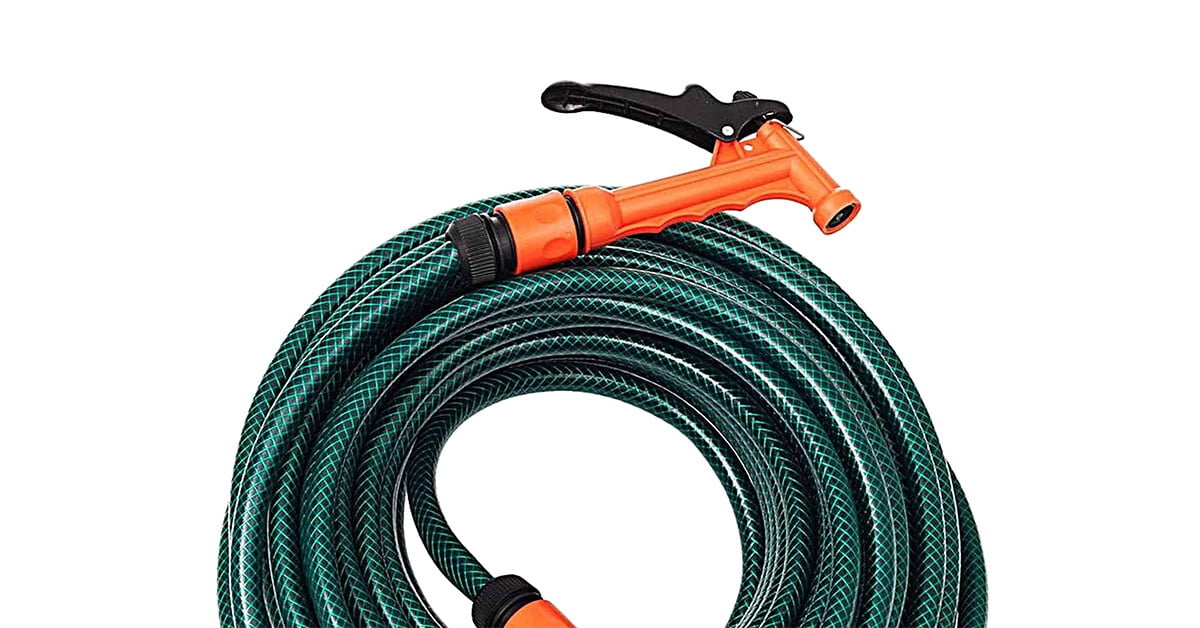
Over the decades we have been installing camera systems we have seen many times that cameras get water in them and the client assumes this is a warranty claim as they are IP66 rated.
So firstly, let’s look at this rating.
IP66
Able to protect against powerful water jets.
Water projected in powerful jets (12.5 mm nozzle) against the enclosure from any direction shall have no harmful effects.
Test duration: at least 3 minutes (3 minutes of water does not create the same issues as days at a time in storm season).
Water volume: 100 litres per minute (this is at the nozzle).
Pressure: 100 kPa at distance of 3 m (this may equate to very little pressure at the camera).
This all sounds like they are quite waterproof, however these specifications are misleading, let’s look at some household pressures that put this into perspective, as you can see, these numbers are significantly above the approved limit.
A water jet cleaner, like a Gernie is around 10,000 kPa, 10,000% greater than the camera can handle.
A garden hose without a nozzle is around 250 kPa, 250% greater than the camera can handle.
A garden hose with a jet nozzle can be around 2,000 kPa, 2,000% greater than the camera can handle.
Clearly these water jets are well above the guaranteed measure.
So what does this all mean you may ask, well it means that if you hose your cameras, Gernie them or otherwise allow them to be wet and hit by extreme wind like cyclone conditions, they may get water ingress which will eventually damage them, and these issues do not form a valid warranty claim as the manufacturer’s only warranty against the IP66 specifications.
When cleaning your cameras, use a damp microfibre cloth and do not leave them wet.
